The Fourth Style, also called the “Intricate Style,” is a combination of the previous three styles.
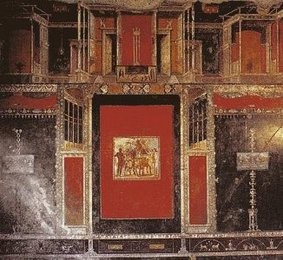
Image source: https://commons.wikimedia.org/wiki/File:Casa-Lucretius-Fronto-Pompeii.jpg
Fantastic
It is also referred to as a “fantastic style” because it is heterogeneous and uses elements from the previous styles. It mixes the features of the artistic sensibilities that came before.
The Fourth Style in Roman wall painting is usually less ornamented than the previous one, and it can be considered a baroque tendency as a reaction to the Third Style‘s mannerism. The style was way more difficult to understand because it revives large-scale narrative painting and panoramic vistas, even if it wanted to retain the architectural details of the Second and First Styles.
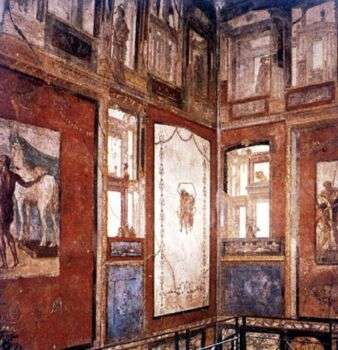
Image source: https://search.creativecommons.org/photos/f3ce7973-aba3-4ae3-be86-7ef52a4443ba by Jennifer Mei
Style Features
In the Julio-Claudian phase, a textile-like quality dominates and seem to be the connection of all the elements on the wall. The colors became warm once again and are used to improve the capability of depictingscenes drawn from mythology. Often, panels were used and floral designs. One of the largest advancements seen in this painting is the improvement of still life with intense space and light. Shading played a key role in Roman still-life. This style never truly gained relevance until the 17th and the 18th centuries with the Dutch and English decorations.
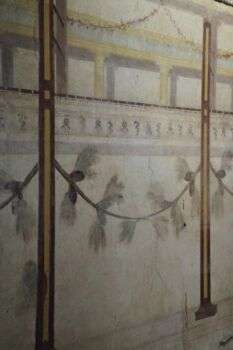
Image source: https://search.creativecommons.org/photos/ee270f2f-9baf-43bc-8c1e-d57beb91888b by Following Hadrian

Image source: https://search.creativecommons.org/photos/ab642a11-0ce7-429d-bd12-0d7ecdcc3366 by Following Hadrian
Scenes of heroes and mythological figures were painted with warmer colors, and elements or accessories were painted in yellow gold. In the Flavian period, the last years of the city of Pompeii, real scenes and great landscapes appeared. Other developments included the depiction of backgrounds, and the introduction of a style consisting of arabesques on a white ground, such as in Nero’s Domus Aurea in Rome.
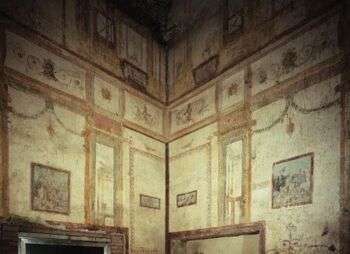
Image source: https://search.creativecommons.org/photos/7ebea877-8d39-4816-8f69-b4fd8991d082 by Jennifer Mei
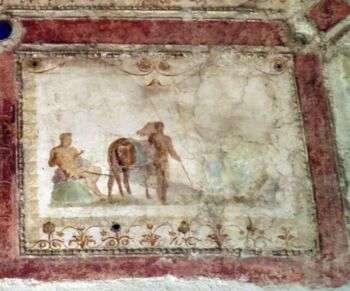
Image source: https://search.creativecommons.org/photos/56d9d2f2-c72b-4a5d-9887-4e3768cca3b7 by Following Hadrian
Representative Examples
An important example of the Fourth Style is the Ixion Room in the House of the Vettii, which is located in Pompeii.
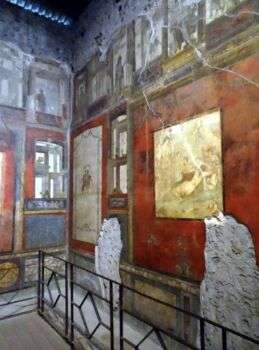
Image source: https://search.creativecommons.org/photos/e7882e1c-c963-4658-9edf-663c5ea5e083
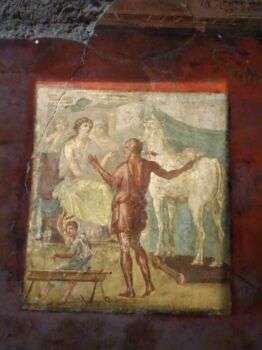
Image source: https://search.creativecommons.org/photos/0782ba45-0f67-4ab8-9de7-7990655b6364
Info source:
http://www.art-and-archaeology.com/roman/painting.html
http://www.pompeiin.com/en/Painting_styles.html
Please also visit: http://www.jbdesign.it/idesignpro
